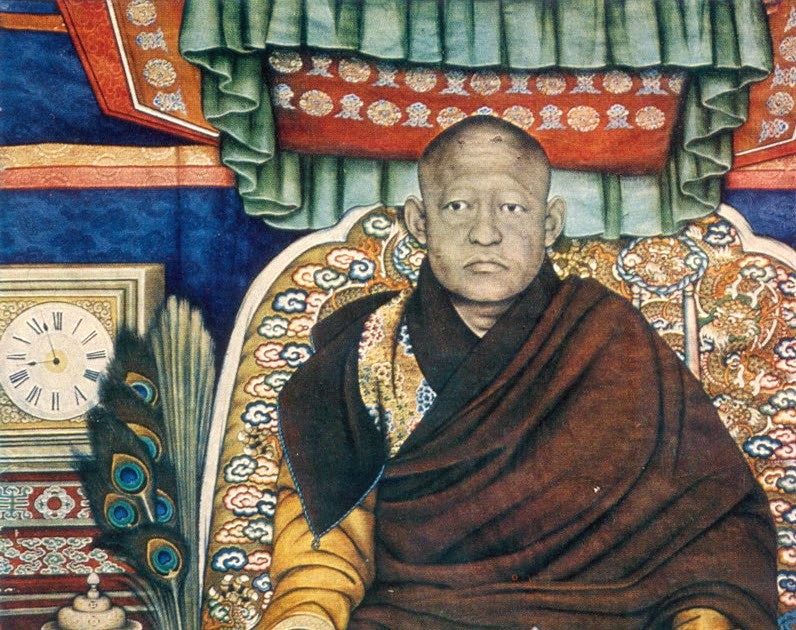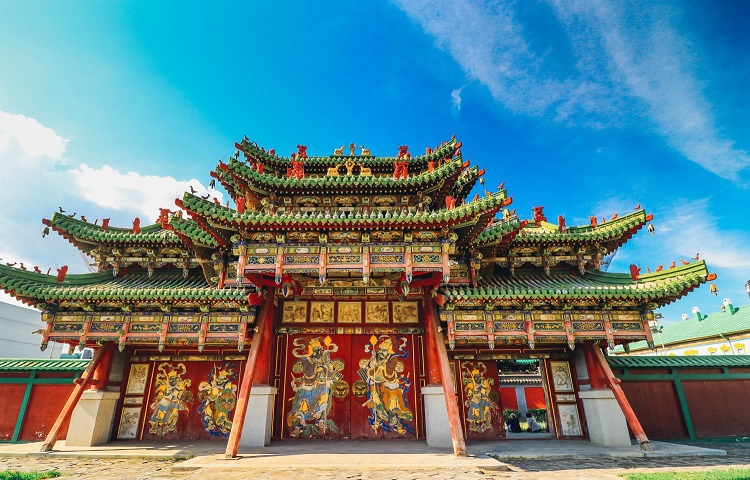Posted by Selena Travel / 07 27, 2024
Among the skyscrapers and shopping malls, there sits a white building and a temple in a small clearing. The mountain stands behind it, protecting the city. Not far behind is the mighty Tuul River. The white building is by today`s standards, a modest building. The temple is beautiful, but dwarfed by the 6-story mall nearby. However, if you were a lucky visitor to Ikh Khuree, as Ulaanbaatar was known then, you would be standing near the largest building in town, if you could even get close enough. This is the home of the Bogd Khan.

Bogd Khan, or the last emperor of Mongolia, was also known at Jebtsundamba Khutughu. He was born in Tibet. By the time he died, he was the spiritual and political leader of a Mongolia that was no longer part of China. Serving as the Bogd Khan, he was very prominent in Tibetan Buddhism. In fact, only the Dalai Lama and Panchen Lama outranked him.
The Bogd Khan though, was no slouch. He was a survivor. The world of Mongolian Tibetan Buddhism was not the tranquil place you might imagine it to be. It was a cutthroat world. The lamas were powerful, and many had power bases in the aimags they lived in. The palace was full of intrigue and danger.
However, the Bogd Khan managed to survive and thrive in this world. With his Queen Dondogdulam, he balanced the interests of the Russians and the Chinese, Mongolia’s two neighbors. They were all undergoing a lot of change at the time. The Khan successfully navigated those country’s interests, and survive to rule an independent Mongolia. The Bogd Khan originally had four palaces, but the winter one is all that survived the Communist purges of Buddhist life in the 1930s. After the Communists came to power, they spread disinformation about the Bogd Khan to prevent the people from searching for a new one. As of today, the Bogd Khan’s position has not been filled.

The palace was built between 1893 and 1903, ten years of solid construction. There are two main buildings on the grounds; one western style building. This is the winter palace itself. It was designed by the Russians and at two stories, would have been the tallest building in Ulaanbaatar. This building would have dazzled many visitors to the capital, most of whom had only seen smaller temples and modest sized gers. The summer palace has more traditional Buddhist architecture. The painted wood is charmingly faded, and the woodwork is impressive.
The museum itself contains information about the Bogd Khan. It has many of his possessions, one very special: a tsar’s gifts of golden boots. There are dozens of Buddhist paintings and religious items There is also a ceremonial ger the Bogd Khan kept. In it the walls are lined, instead of felt, with snow leopard skins. These elusive animals would be hard to find, and one alone would have fetched a fortune for anyone lucky to have it. The Bogd Khan’s ger was lined with nearly 150 leopard skins.
There are several buildings on the property that all house information about the Bogd Khan. The palace is a relatively nice walk over Peace Bridge, but a bit far from Sukhbaatar Square.